Why Owning the Stack Is the Future of DevOps | Protected Harbor

Why Owning the Stack Is the Future of DevOps
In DevOps, control equals velocity.
Yet most organizations have unknowingly surrendered that control — and with it, their ability to innovate quickly and securely.
For years, DevOps teams have built on rented infrastructure, juggling public cloud dependencies, third-party APIs, and vendor-managed services. The result? Fragile environments where every deployment is slowed by integration complexity, and every outage triggers a finger-pointing marathon.
The companies redefining performance, reliability, and security aren’t renting — they’re owning the stack.
Protected Harbor’s full-stack DevOps infrastructure management approach helps teams regain control, eliminate complexity, and accelerate growth.
1. The DevOps Paradox: Speed Without Control
The Problem:
DevOps was born to remove friction between development and operations — to make deploying code as fast and seamless as writing it.
But as the tools, clouds, and environments multiplied, complexity crept in. Today, most DevOps teams manage:
- Multiple public cloud providers with conflicting architectures
- Layered automation tools that don’t fully integrate
- Vendor-managed services with opaque SLAs
When you don’t own the environment you’re deploying into, you’re limited by someone else’s architecture, support queue, and failure points.
The Business Impact:
Instead of accelerating innovation, DevOps teams are slowed down by invisible infrastructure debt. Every layer of vendor dependence adds latency, fragility, and risk — ultimately strangling performance. What was meant to enable agility has turned into a drag on delivery.
The Protected Harbor Difference:
Owning the stack changes everything. Protected Harbor designs, builds, and manages the entire DevOps infrastructure under one roof. Our private cloud DevOps environments are engineered for performance, reliability, and security — not vendor lock-in. By removing third-party bottlenecks, we deliver faster builds, predictable performance, and full visibility.
“We build our hardware around what software we plan to be running. When you spec out your own hardware and manage it yourself, you can optimize every piece of the infrastructure so that it aligns with your goals. Nothing goes to waste, and no performance gets left on the table.” .
– Ariel Toledo, Solutions Architect, Protected Harbor.
2. Security and Compliance Built In — Not Bolted On
The Problem:
When infrastructure, DevOps, and compliance belong to different vendors, security gaps are inevitable. Logs don’t align, audits fail, and ownership disappears the moment something goes wrong. Legacy models rely on bolt-on tools and after-the-fact monitoring, not systemic resilience.
The Business Impact:
This fragmented approach doesn’t just create inefficiency — it creates risk. Teams spend more time tracing vulnerabilities across disconnected systems than actually resolving them. Compliance failures and breach exposures become unavoidable, especially in regulated industries where secure DevOps pipelines are critical.
The Protected Harbor Difference:
By owning every layer of the stack, we build compliance and security into the architecture itself. HIPAA, SOC 2, and PCI controls are integrated from the ground up — not as add-ons. Our proactive IT infrastructure model provides real-time monitoring, automated patching, and unified audit reporting, so compliance becomes a built-in advantage.
“Owning the entire stack allows us to design environments around our clients’ unique workloads. It gives us the ability to trace issues end-to-end, deploy precise countermeasures, and act fast — all without waiting on a vendor’s support queue.
– Justin Luna, Director of Technology, Protected Harbor
3. Accountability Without the Blame Game
The Problem:
In a multi-vendor world, when something breaks, chaos follows.
- DevOps blames infrastructure.
- Infrastructure blames the cloud provider.
- The cloud provider blames configuration.
The cycle repeats while downtime costs rise and innovation stalls.
The Business Impact:
The result is lost time, lost revenue, and fractured accountability. Teams waste resources managing vendor relationships instead of delivering results. When no one owns the outcome, performance and reliability are always at risk.
The Protected Harbor Difference:
Protected Harbor’s vendor-independent DevOps model eliminates this disconnect. We own it all — infrastructure, automation, monitoring, and support. That means one accountable team, one environment, and one resolution path. No finger-pointing, no escalations, no excuses. Our 24/7 engineers ensure 99.99% uptime and faster incident response than any fragmented vendor stack can match.
4. Performance Without Bottlenecks
The Problem:
Public clouds were built for scale, not for your specific workloads. When performance tuning is limited by vendor constraints, efficiency suffers and costs spiral.
The Business Impact:
Each second of deployment delay impacts delivery velocity and customer experience. Teams become reactive instead of strategic, constantly fighting cloud performance issues instead of innovating.
The Protected Harbor Difference:
Our cloud performance management model gives you precision control over every layer. From network latency to resource allocation, everything is optimized for your workloads. By consolidating infrastructure under our private cloud, we remove cross-vendor bottlenecks and deliver up to 40% faster build times with stable, predictable costs.
Case in Point: From Vendor Chaos to Full Stack Control
A fast-growing software company came to us with a familiar story:
Their DevOps pipeline was spread across multiple cloud providers and two third-party MSPs. Every outage meant hours of blame, lost productivity, and delayed product releases.
Our Solution:
- Consolidated their DevOps environment into our private cloud.
- Automated deployments using Infrastructure as Code (IaC).
- Implemented unified performance and security monitoring across all layers.
The Results:
- 35% faster release cycles
- 99% uptime
- Zero unresolved vendor escalations
They didn’t just gain reliability — they gained control.
Driving Growth with Protected Harbor
The future of DevOps won’t be defined by new tools — it’ll be defined by control.
Owning the stack doesn’t mean building bigger; it means building smarter. It’s about reducing dependencies, increasing accountability, and turning your technology into a strategic advantage.
At Protected Harbor, we’ve seen it firsthand:
When you own your infrastructure, your process, and your outcomes — your DevOps doesn’t just perform better.
It becomes unstoppable.
Ready to Take Control of Your Stack?
Schedule your complimentary Infrastructure Resilience Assessment and uncover how vendor dependence, downtime, or cloud sprawl may be holding your team back.


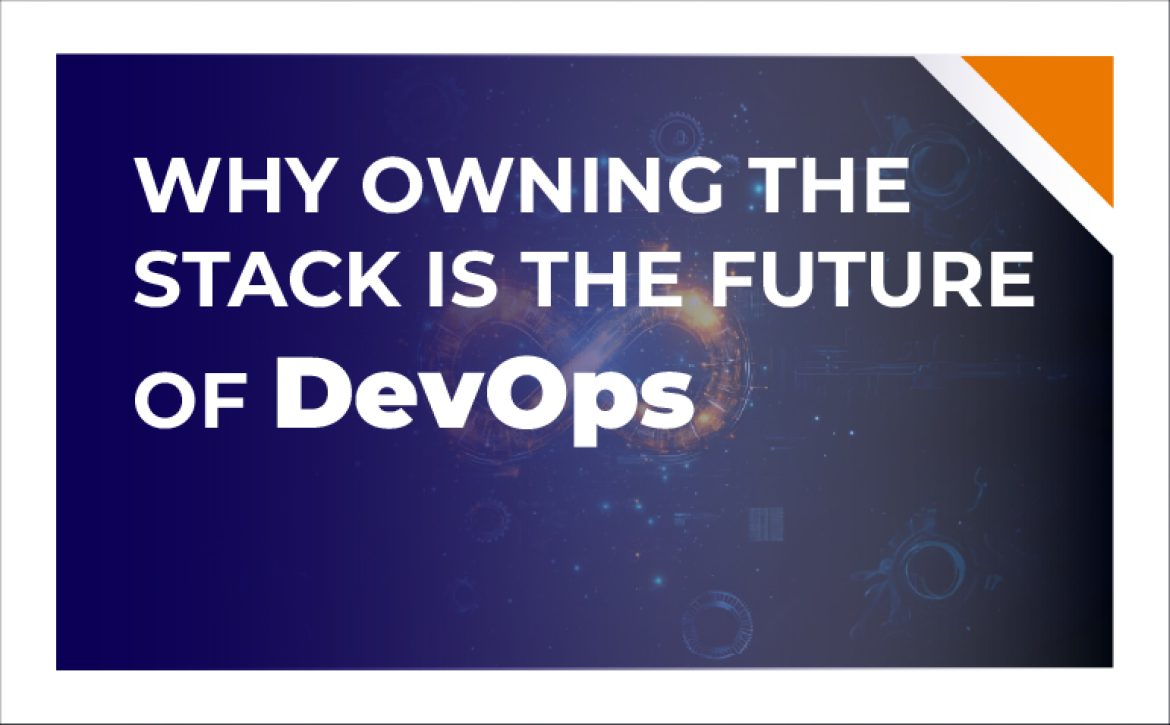
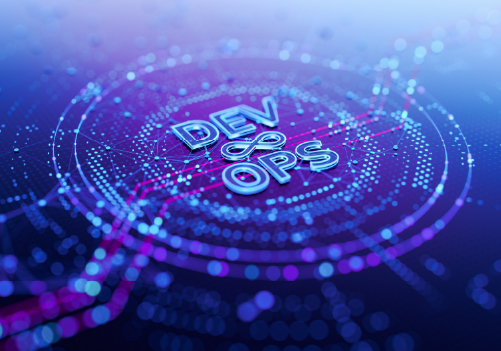
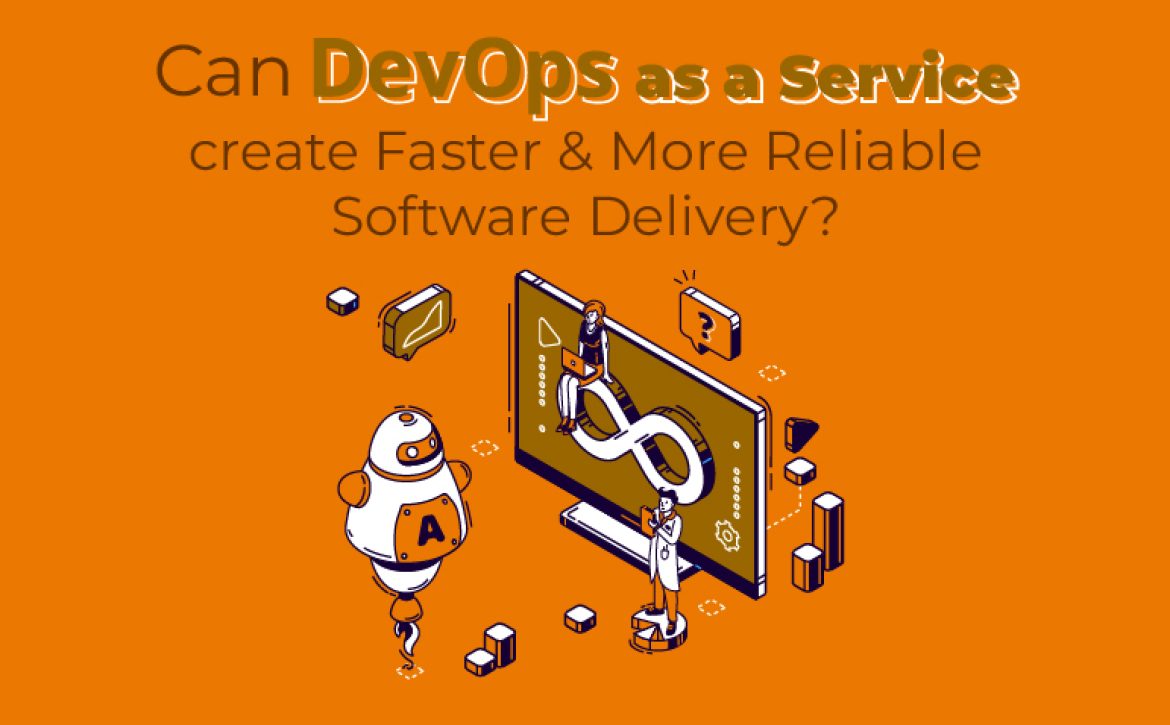
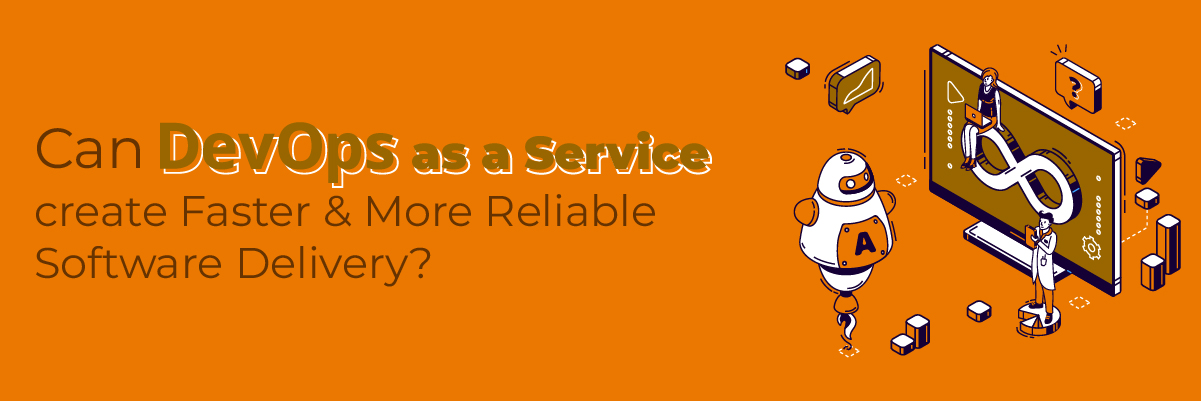
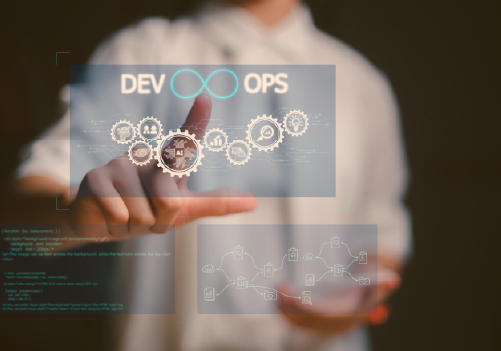
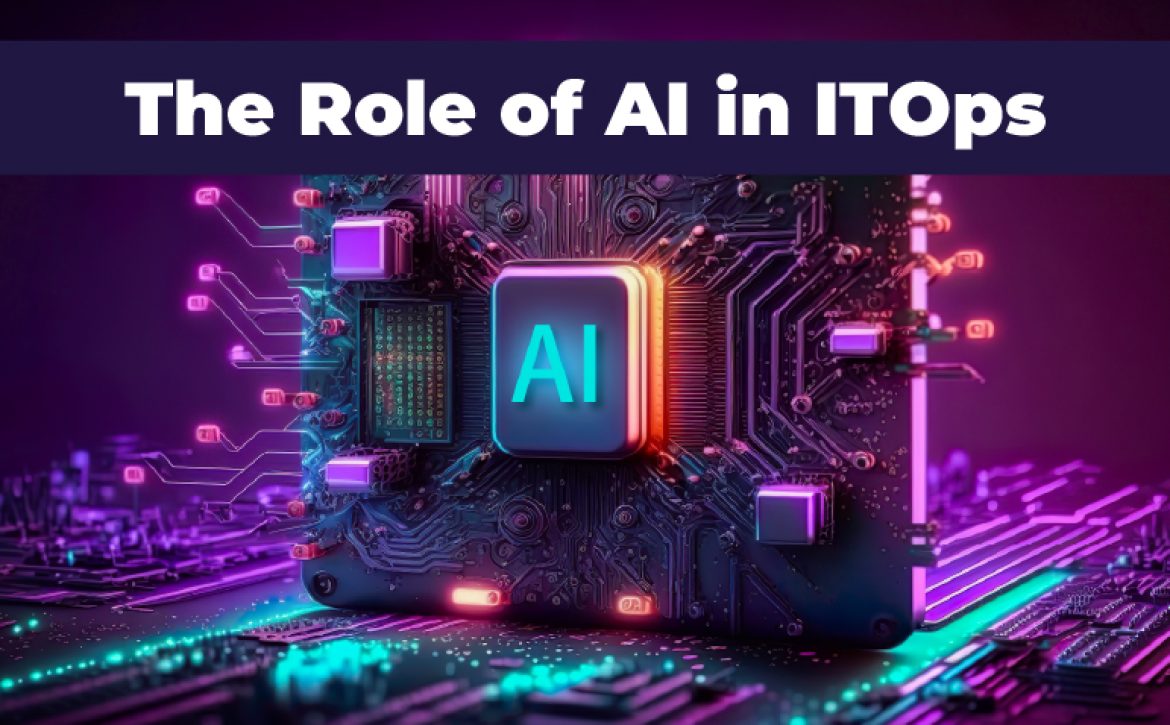

 Advanced AI Capabilities in ITOps
Advanced AI Capabilities in ITOps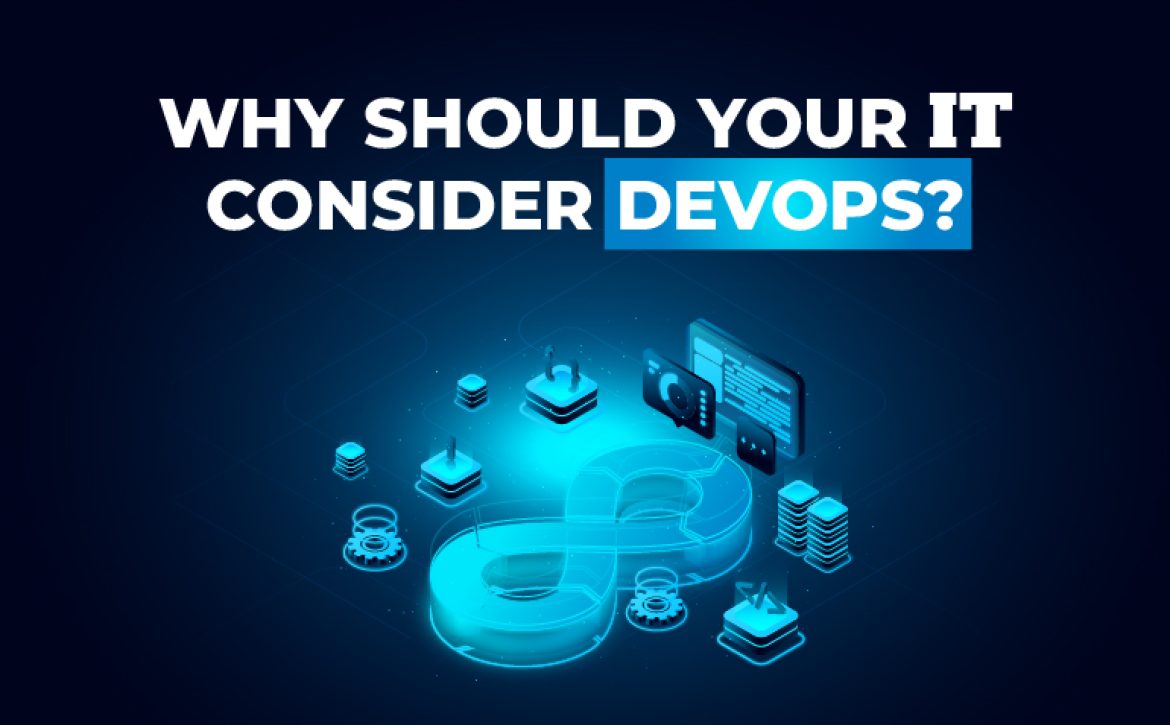

 Challenges and Considerations
Challenges and Considerations